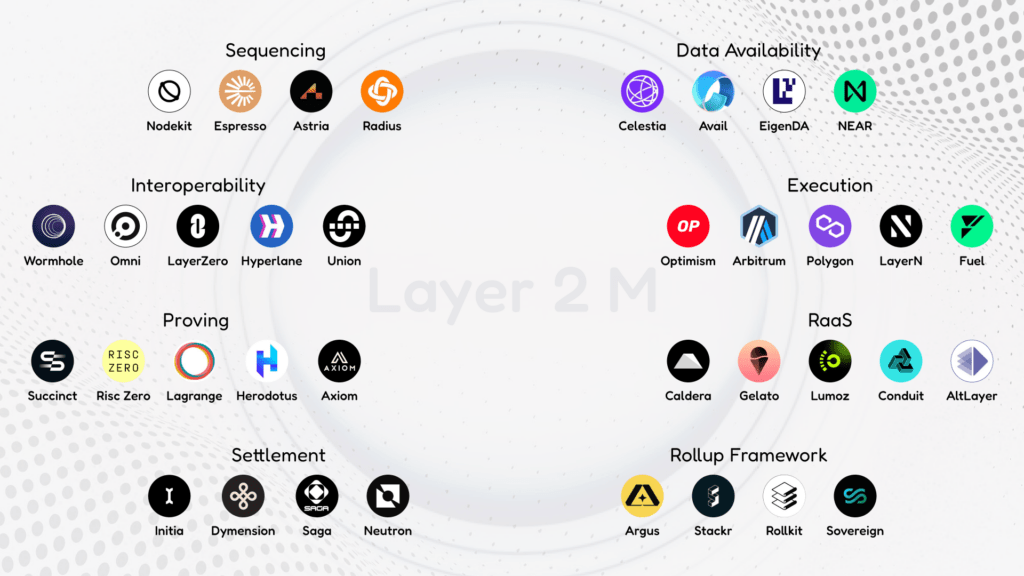Research Summary
The report discusses the potential of tokenized assets and the role of blockchain technology in financial institutions. It highlights the challenges of blockchain interoperability and introduces Chainlink’s Cross-Chain Interoperability Protocol (CCIP) as a solution. The report also presents a case study of ANZ’s use of CCIP for cross-chain tokenized asset settlement.
Key Takeaways
Tokenized Assets and Blockchain Technology
- Increasing interest in tokenized assets: Financial institutions are exploring tokenized assets, with 93% of institutional investors believing in their long-term value and the potential of blockchain technology.
- Challenges in adoption: The tokenized asset landscape is fragmented across different blockchains, leading to liquidity fragmentation and a suboptimal consumer experience.
- Market opportunity: The World Economic Forum estimates that $867 trillion worth of value could be tokenized, indicating a significant market opportunity.
Chainlink’s Cross-Chain Interoperability Protocol (CCIP)
- Solution to interoperability: Chainlink’s CCIP addresses the blockchain interoperability problem by enabling secure cross-chain communication between any public or private blockchain.
- Benefits of CCIP: CCIP provides liquidity aggregation, speed of integration, time-tested security and reliability, and reliable transaction execution.
- Future-proof design: CCIP is built to support future updates and was developed by industry experts from Chainlink Labs Research Team.
ANZ’s Use of CCIP
- Integration with CCIP: ANZ’s Digital Asset Services (DAS) Portal integrated with CCIP to allow clients to transact tokenized assets across any blockchain through an existing web app.
- Successful cross-chain settlement: The case study demonstrates the successful cross-chain settlement of ANZ-issued tokenized assets using CCIP, providing a seamless customer experience.
- Next steps: The next steps include deploying the solution on blockchain mainnets and expanding the workflow to include communication between different blockchain networks for various use cases.
Actionable Insights
- Exploring the potential of CCIP: Financial institutions can consider the benefits of Chainlink’s CCIP for secure and efficient cross-chain transactions of tokenized assets.
- Standardizing blockchain interactions: CCIP can serve as a blockchain interoperability standard, allowing financial institutions to standardize their internal interactions with each blockchain and transact with external counterparties across blockchains.
- Improving customer experience: By integrating CCIP, financial institutions can simplify the user experience by providing clients with secure access to a wide range of tokenized assets and digital asset services across different blockchains.












